The Caucasus has four seasons, each having its pros and cons for travel. Choosing the right season to travel here for you depends a lot on the following:
1. Primary motivation for your travel (cultural touring, mountaineering, wine degustation, skiing, etc.),
2. which parts of Caucasus you want to visit. as the diverse landscape can produce drastic differences in weather in the highlands vs. the lowlands (in just a 2 hr. drive), and
3. your weather preferences/tolerance levels (for hot or cold!).
Let’s look at each of these points and see if we can help you identify the best season for you to travel to the Caucasus!
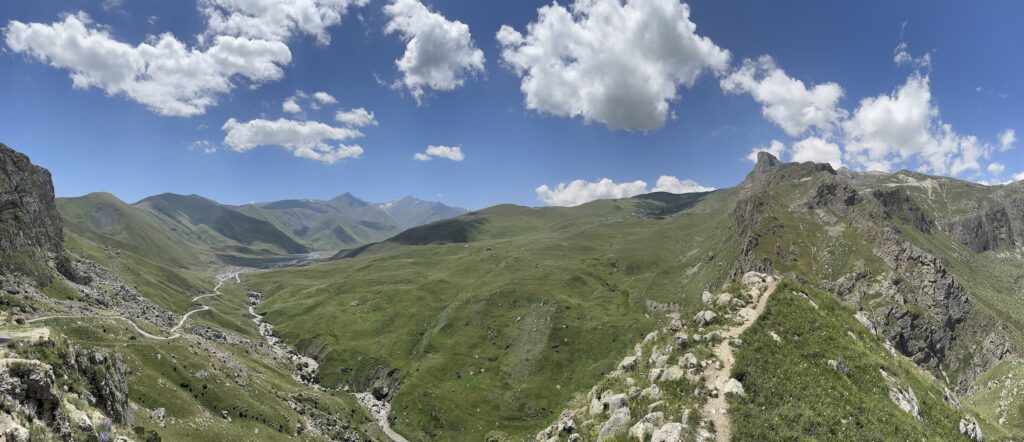
Why are you traveling to the Caucasus?
This is a very important point to start with, because your motivation for visiting the region may best be fulfilled by visiting at a specific time of year! This is particularly true for any outdoor/adventure-related activities, many of which the Caucasus is quite well-known for. Some of these include but are not limited to:
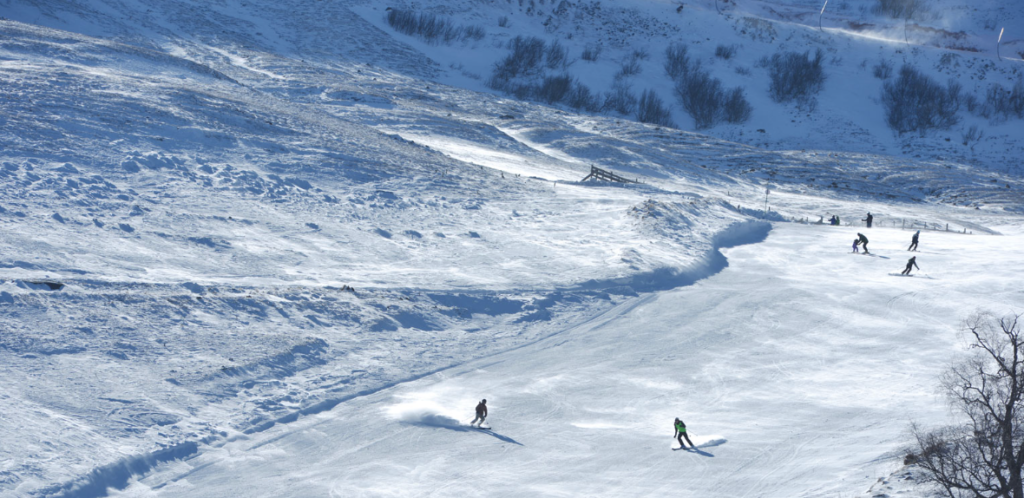
Skiing – Georgia, Armenia, and Azerbaijan ALL have winter resorts that are growing in popularity as regional ski & snowboard destinations. Georgia in particular is a trendy destination with its resorts of Gudauri and Bakuriani being quite accessible from the capital city Tbilisi. Shahdag Resort in Azerbaijan is also growing in popularity, and the slopes of Svaneti in upper Georgia are a gem as far as off-the-beaten-path ski destinations go. The months of January-March are the primary times to come to the Caucasus if you’re wanting to experience fresh powder and test your skiing prowess on the best of the Caucasus Mountain slopes. Ski-touring & ski-mountaineering are available at Mt. Kazbek in Georgia (16,581 ft., or 5,054 m) in April-May when it’s a bit warmer (relatively-speaking, at elevation) but the snow is still fresh for ascent & descent on skis.
Trekking & Mountaineering – Each Caucasus country abounds with trekking opportunities in the warmer months of June-September, i.e. when there are long days of sunlight and one doesn’t have to deal with snow to hike through at lower elevations. For mountaineers looking to summit the highest technical peaks of Georgia such as Mt. Kazbek or Tetnuldi (i.e. with crampons, ice axe, mountaineering boots, roped-in climbing, etc.), July-September are the ideal months for this. Some popular hiking regions are ONLY accessible in the summer due to the roads being snow-covered the rest of the year – Tusheti in Georgia is one example of this. For lower elevation hikes, whether the wooded surroundings of Dilijan in Armenia, the spectacular Kazbegi region in Georgia, or Azerbaijan’s highest peaks of Bazarduzu (14,652 ft., or 4,466 m) and Shahdag (13,920 ft., or 4,243 m), summer is the time to hike.
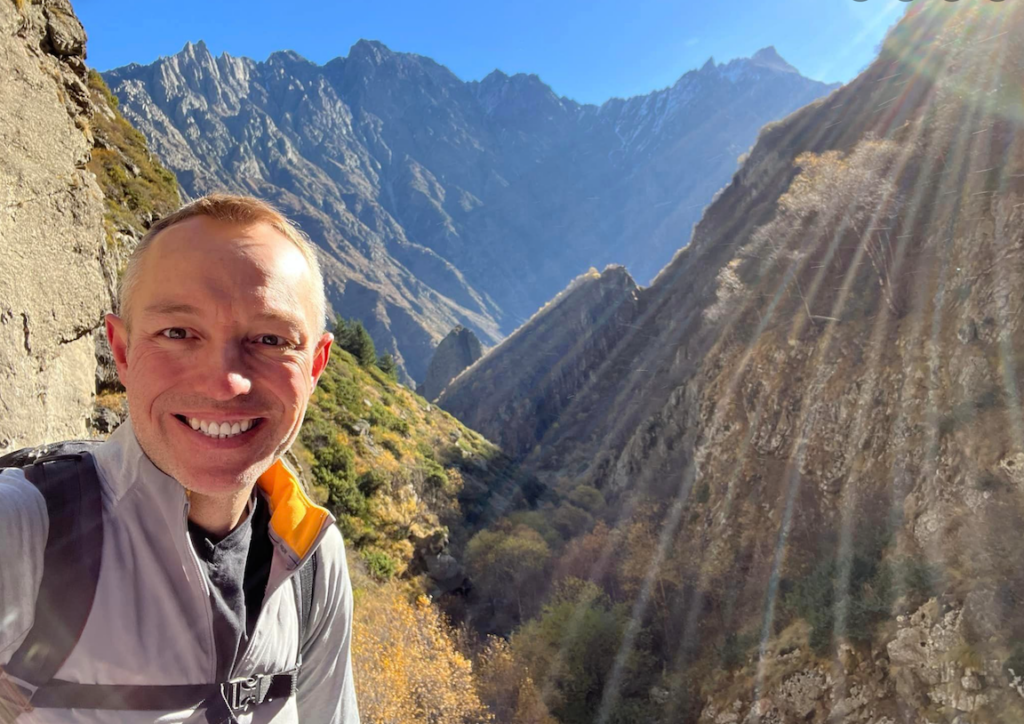

R & R at the Beach – Despite the Caucasus region primarily being associated with its majestic mountains, many people come here for its beaches! That’s right, Georgia’s western Black Sea coastline is dotted with a mixture of pebble/rock and sandy beaches from its northern border near Abkhazia to its southern border with Turkey. Batumi is the heartbeat of Georgia’s beach scene and a booming summer holiday destination. On the other side of the Caucasus, Azerbaijan’s entire eastern coastline borders the Caspian Sea and is full of beaches from its northern border with Russia down to its southern border with Iran. May-September are understandably busy months in both these places, when the temperatures are hottest and most ideal for swimming & sunbathing. Expect 35-40 degrees Celsius at these sea-level, hot locations, especially Azerbaijan.
Cultural Touring – The great thing about experiencing the culture of a country is that culture is available year-round, i.e. it’s not a seasonal thing. So, in this sense, the Caucasus is open 365 days/24 hrs/7 days a week for business 🙂 The capital cities of Tbilisi (Georgia), Yerevan (Armenia) and Baku (Azerbaijan) especially get very little snow and are great to visit at any time of year if you’re a city person and love all that larger cities have to offer: museums, a plethora of restaurants, boutique/luxury hotels, and unique architecture ranging from Soviet to modern times, etc.
What’s in a season?
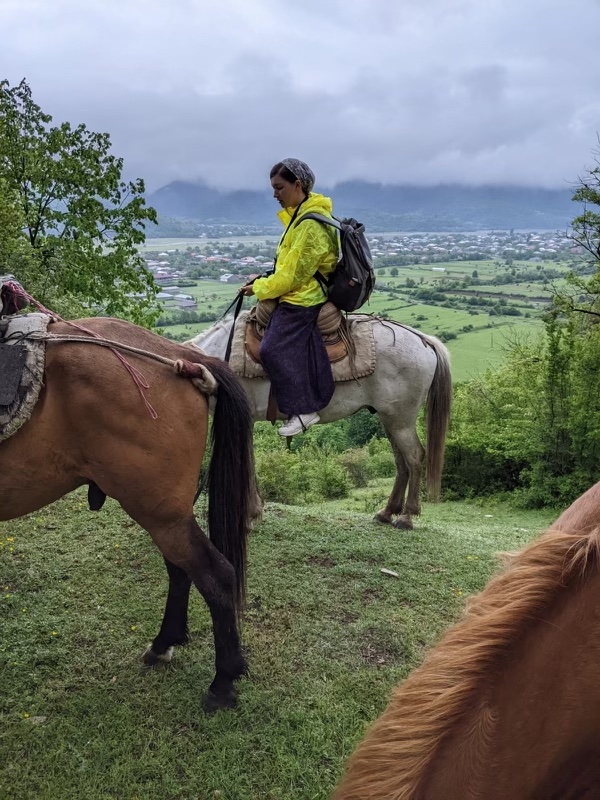
Spring – The most popular months for cultural touring in the Caucasus are Spring and Fall. In the Spring (mid April-early June), the region is green and beautiful, and not too hot before the summer heat comes. This is a great time to visit the mountains and see cultural/historic destinations without doing strenuous hikes, if that’s not your thing.
Fall/Autumn – The Fall months of mid-September to early November are also popular with cultural excursions because of the milder weather after the summer, as well as the beautiful fall colors in the mountains and lowlands (mid-October to early November is ideal in the mountains for peak fall colors; late October to late November provides the best fall colors in the lowlands & capital cities). Fall tours are often tied to wine-making and harvesting, as an activity unique to that part of the year, particularly in Kakheti in NE Georgia. It’s prudent to pack one set of cold-weather clothes/boots for a Fall (or Spring) trip that includes a foray into the mountains, as it’s not uncommon for unexpected snowfall in May or October, especially in Georgia’s Kazbegi region.
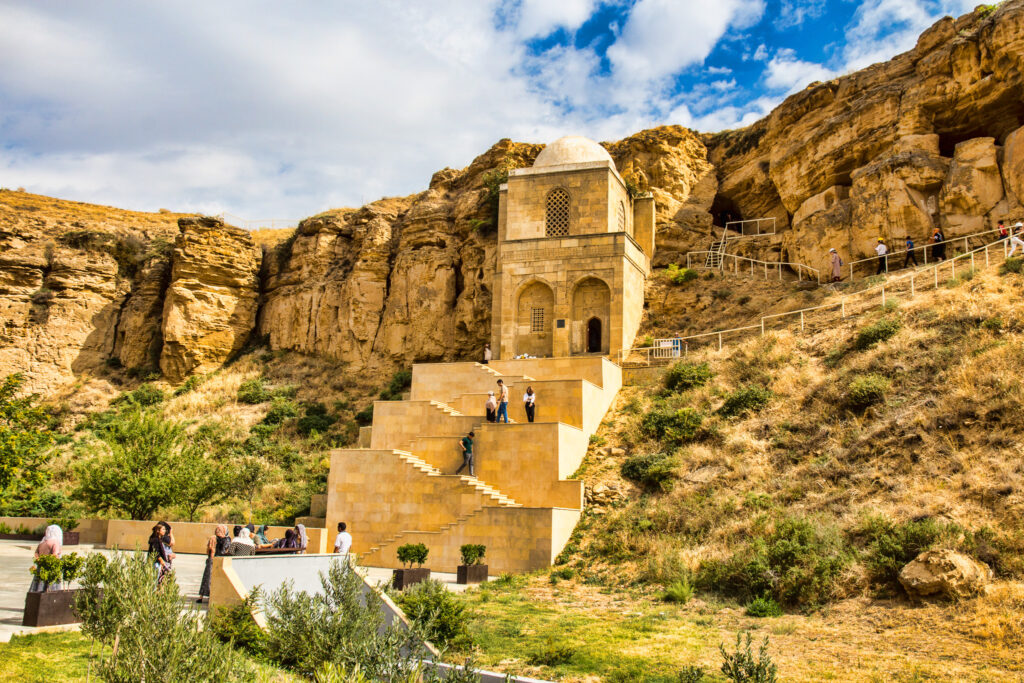
Summer – Of course there are many cultural tours happening in the summer months as every part of Georgia, Armenia, and Azerbaijan is fully accessible at this time of year. Just prepare for searing summer heat in the lowlands especially (40+ Celsius, or 95+ Fahrenheit), from mid-June to mid-September. This can especially be felt because many Caucasus tourist attractions are outside under the baking heat of the sun: cave cities, monasteries on mountaintops, nature sites, etc. Be sure to pack & drink plenty of water to stay hydrated while doing summer traveling.
Winter – Many of the tried-and-true historical & tourist destinations in each Caucasus country are also accessible in the colder months, with the occasional exception of needing to use an alternative route to get places, such as the longer but flatter road to Kakheti via Sighnaghi (vs. snowy Gombori Pass), or the federal highway in Armenia at lower elevation vs. the more scenic (but potentially more snowy) Selim/Orbeliani Pass. That being said, all lowland areas in or around the capital cities of Tbilisi, Armenia, and Baku are accessible year-round.

Of course, winter weather is unpredictable at high elevations, and this can result in roads being closed in some of the more scenic, beautiful parts of the country, especially the Gudauri/Kazbegi region of Georgia (home to iconic Gergeti Trinity Church in Stepantsminda). There is a real risk of being snowed in for several days when visiting the Kazbegi or Svaneti regions of Georgia in the winter months. Our observations have been that once a month between December-April, the road from Tbilisi to Gudauri/Kazbegi/Russia is closed due to heavy snowfall and/or avalanche risk. The road closure can last anywhere between a half-day to 4-5 days. We had good friends get stuck in Stepantsminda/Kazbegi in April 2023 for 5 days (and separated from their young children in Tbilisi!) due to unexpected snowfall that closed the Gudauri Pass. In late March 2024, another group of friends visited us in Tbilisi from northern Georgia, but their van driver got stuck in Tbilisi for 4 days because of avalanche risk in the Gudauri/Kazbegi area and the road being closed. So please take this into consideration when visiting mountainous areas of the Caucasus in the winter!
Each Caucasus country also has winter-specific road rules about using winter tires in the higher elevation areas of the country to avoid unnecessary car accidents, etc. If you are traveling on your own or with a local guide, make sure they have the tires required by law, so you won’t be stopped by police on the road and not allowed to drive further. In February 2024, our family (with 4 young kids) rented an SUV but were not allowed to drive to Bakuriani from Borjomi (in Georgia) because our rental car tires weren’t approved winter tires. It was a less than ideal situation 🙂 So make sure to plan ahead for this on your winter trip to the Caucasus.
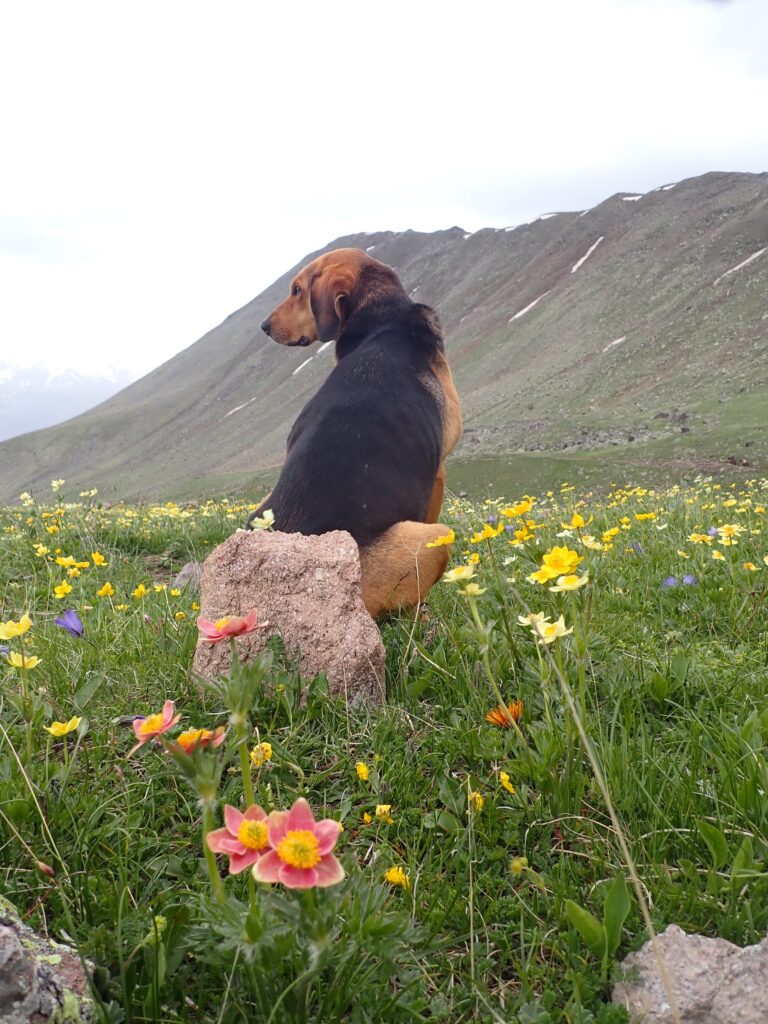
What are your weather preferences?
Many travelers choose to plan their international trips at the times of year when either a) the weather is most affable to their preferences, or b) their work schedule allows for time off. Whether this means you can only come in the summer when your kids are off school, or in a different season per your preference, hear us say, the Caucasus is open year-round for you to come visit!
Contact us today with further weather/travel questions and let’s start planning your Caucasus trip of a lifetime!

